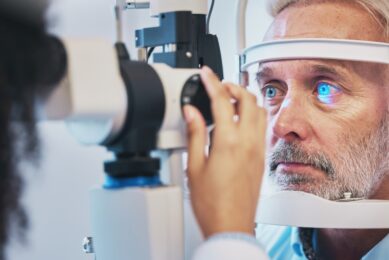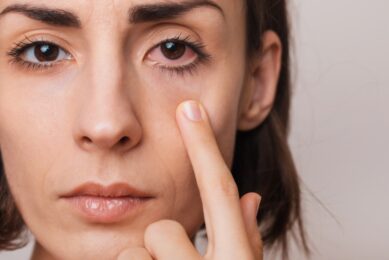
Myopia (also known as short sightedness) is a condition where the eyeball is longer than normal. This creates a problem with distance vision, however close objects can be seen clearly.
Higher levels of myopia leads to increased thinning of retinal tissue at the back of the eye. This subsequently increases risk of vision problems and eye diseases throughout their life
(e.g. Retinal detachment, Myopic Maculopathy, Cataract, Open-angle Glaucoma).
The degree of myopia is directly correlated with the risk of associated ocular complications.
Symptoms
- Blurred vision when looking at distant objects
- Squinting or partially closing the eyelids to see clearly
- Eye strain and headaches
- Difficulty seeing while driving, especially at night
Causes
- Genetics: Family history of myopia increases the risk.
- Environmental factors: Prolonged near work (e.g., reading, screen time) and limited time spent outdoors.
Myopia Control Options (that we provide)
- Glasses
- Multifocal
- Defocus Incorporated Multiple Segments (DIMS) glasses
- Contact Lenses
- Multifocal Contact Lenses – for day wear
- Ortho-K Rigid Contact lenses – worn overnight
- Atropine eye drops
- Lifestyle Changes
- Combination therapies
What to expect when we assess Myopia
- Comprehensive eye test
- Full Binocular Vision Workup
- Axial Length Measurement & Comparison
- Cycloplegic Refraction (if required)
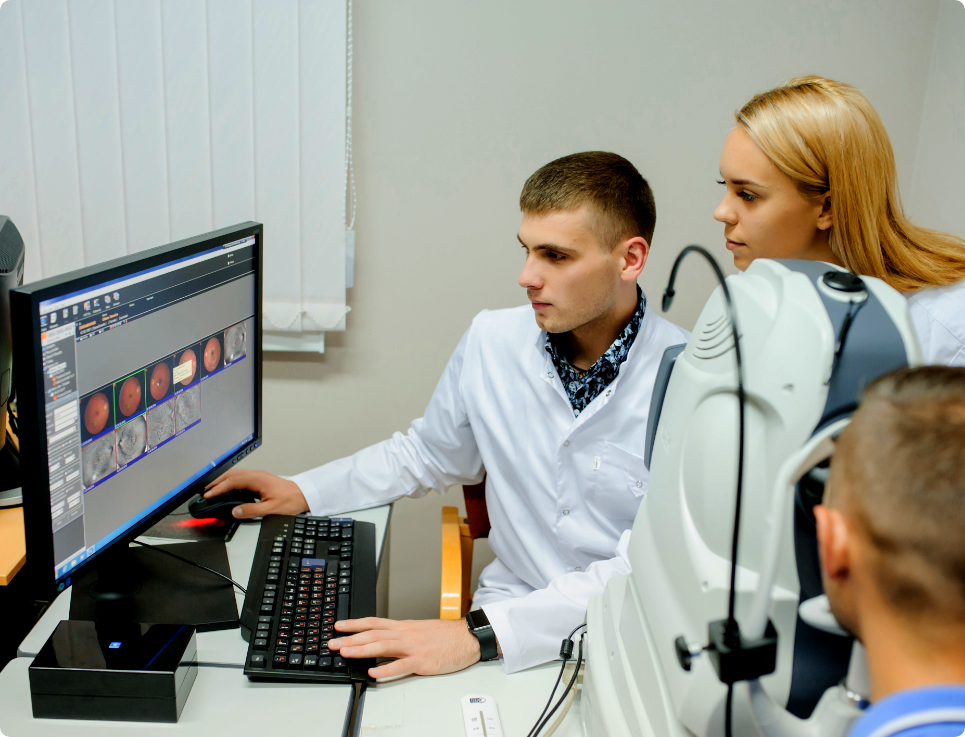
OCT Imaging
Optical Coherence Tomography or OCT as it’s more commonly known, is a sophisticated scanning system that produces highly detailed images of the internal structure...
Find Out More
Family Optometry
Family Optometry Services Vision One Eyecare is your local centre for family eyecare in Langwarrin and the surrounding suburbs of Karingal, Frankston, Seaford, Cranbourne, and Mornington...
Find Out More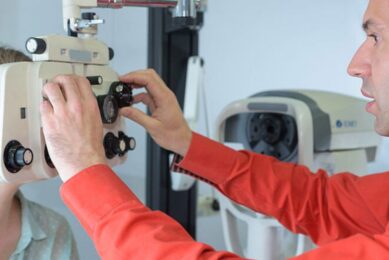
Vision Screenings
If your child avoids reading, experiences discomfort and fatigue when attempting to complete schoolwork......
Find Out More
Cataracts
A cataract is a clouding of the lens in the eye. The lens is normally clear, but it can become cloudy as we age. This cloudiness can make it difficult to see.
Find Out More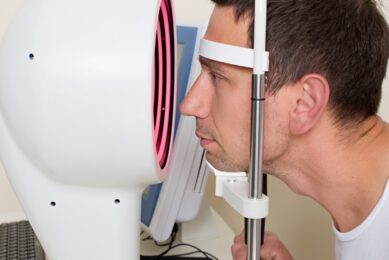
Keratoconus
Keratoconus is a condition that causes the cornea, the clear front part of the eye, to become thin and cone-shaped. This can lead to blurry, distorted vision.
Find Out More
Age-related Macular degeneration (AMD)
Age-Related Macular Degeneration (AMD) is a condition that affects the macula, a small part of the retina that is responsible for central vision. AMD causes blurred, distorted vision, or even blind spots in the centre of your vision.
Find Out More
Contact Lens Care
Contact lenses are a great way to improve your vision, but they require proper care to avoid eye infections and other problems. Here are some tips on how to care for your contact lenses:
Find Out Morevisiononeeyecare
We are your independent and family focused Optometrist.


